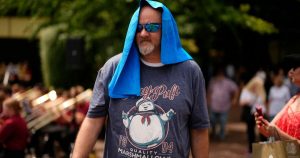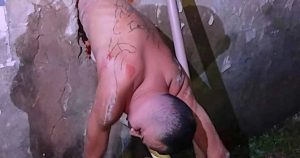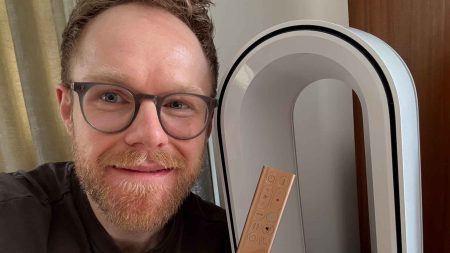Nick Pope, former head of the British Government’s UFO Project, offers a compelling glimpse into the world of unidentified flying objects, revealing the unexpected hotspots of UFO activity within the UK. Contrary to popular belief, sightings are not confined to remote, rural areas. Instead, major cities like London, Birmingham, Manchester, Liverpool, and Glasgow top the list. This urban concentration is attributed to the simple fact that more populated areas have a higher probability of witnesses. However, locations like Warminster and Bonnybridge, known for their historical association with UFO sightings, also contribute to the overall picture. Pope’s experience highlights the importance of population density in understanding the distribution of UFO reports.
Pope further emphasizes the intriguing connection between UFO sightings and military bases, especially air force facilities. The increased surveillance around these bases naturally leads to more frequent observations. Whether these sightings represent secret military aircraft, advanced aerospace technologies, or something else entirely, the association warrants further investigation. He also sheds light on the influence of confirmation bias, where individuals, particularly those who actively seek out UFOs, might misinterpret what they see due to pre-existing beliefs. This tendency, combined with the light pollution prevalent in urban environments, adds layers of complexity to analyzing UFO reports. Despite these factors, the sheer volume of potential witnesses in cities cements their status as UFO hotspots.
The sheer volume of reported sightings surprised even Pope. While the official figures ranged from 200 to 300 annually, peaking at 700-800, Pope estimates the actual number is significantly higher, potentially in the tens of thousands. Many sightings go unreported due to fear of ridicule or lack of awareness about reporting channels. The MoD’s reliance on reports to local authorities and military bases, while excluding those made to media or civilian groups, further contributes to the underestimation. Pope encourages individuals to report any unusual aerial phenomena, recommending capturing clear images or videos, including ground features for context and triangulation.
One of the most compelling cases Pope encountered was the Calvine Incident in 1990. Two hikers in Scotland captured six clear photographs of a large, diamond-shaped craft, estimated to be 70-90 feet in diameter. The photos, analyzed by top imagery analysts, were deemed credible, presenting a genuine mystery. The absence of visible propulsion systems and conventional aerodynamic features, coupled with the presence of a circling military jet, further deepened the intrigue. The incident’s timing, coinciding with Iraq’s invasion of Kuwait, raised questions about potential military prototypes or reconnaissance aircraft, though these were denied by the US.
Another significant case was the Cosford UFO sighting in 1993. Over several hours, numerous witnesses, including police and military personnel, observed a large, triangular craft emitting a low-frequency hum and a ground-scanning beam of light. Descriptions varied, some likening it to two Concorde aircraft joined together. While theories, such as a re-entering Russian rocket, were explored, they failed to fully explain the reported speeds and maneuvers, far exceeding known capabilities. This led Pope and his team to consider the possibility of extraterrestrial origin, though no firm conclusion was reached. The incident underscores the persistent challenges in definitively explaining some UFO phenomena.
Pope criticizes the UK’s decision to axe its UFO program in 2009, arguing it creates a vulnerability that adversaries could exploit. He draws parallels to the Chinese spy balloon incident, highlighting the risk of missing crucial intelligence by neglecting UFO sightings. Contrasting the UK’s approach with the US’s proactive stance, exemplified by the All Domain Anomaly Resolution Office (AARO), Pope advocates for the reinstatement of a dedicated UFO research program in the UK. He stresses the UK’s existing resources, including radar systems, satellites, and space tracking capabilities, and emphasizes the need for political will to utilize these assets effectively. Pope argues that a renewed focus on UFO investigation is not a matter of massive expenditure, but rather a reprioritization of existing resources.
Pope’s journey transformed his own perspective on UFOs. Initially skeptical, his experience at the MoD opened him to the possibility of a genuine phenomenon. While stopping short of declaring himself a “true believer,” he acknowledges a consistent pattern suggesting advanced intelligence and technology at play. The potential for transformative knowledge from a superior civilization, he believes, justifies further investigation. He underscores the profound implications of even a single confirmed extraterrestrial sighting, emphasizing its impact on every facet of society, from politics and religion to science and philosophy. Such a discovery would be a watershed moment in human history, redefining our understanding of the universe and our place within it.











